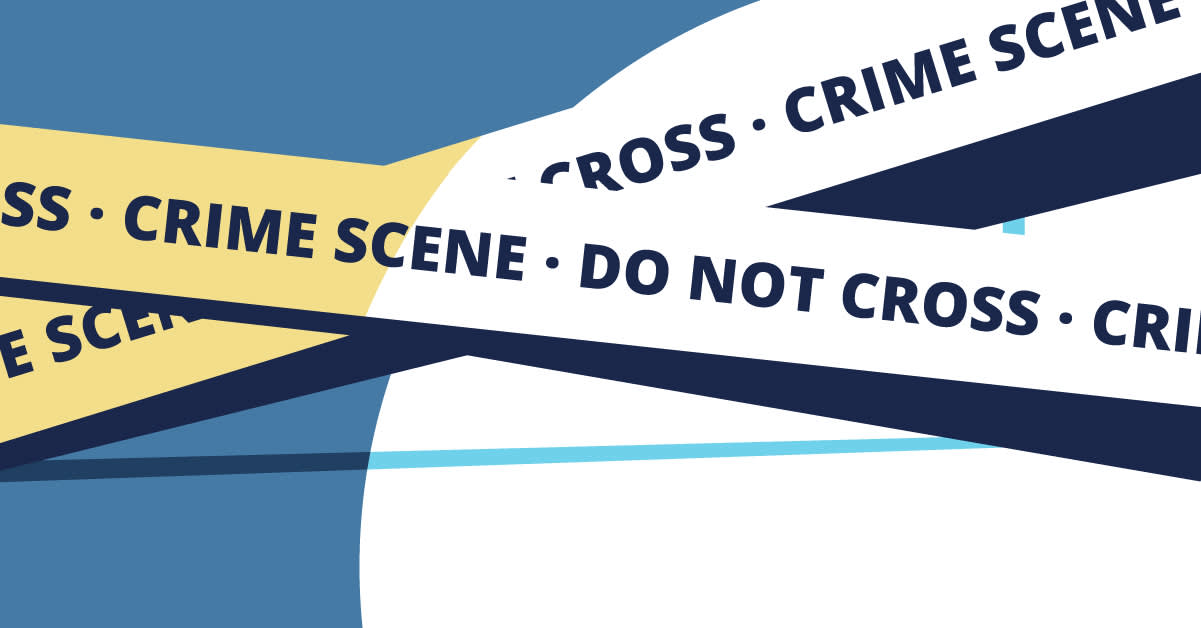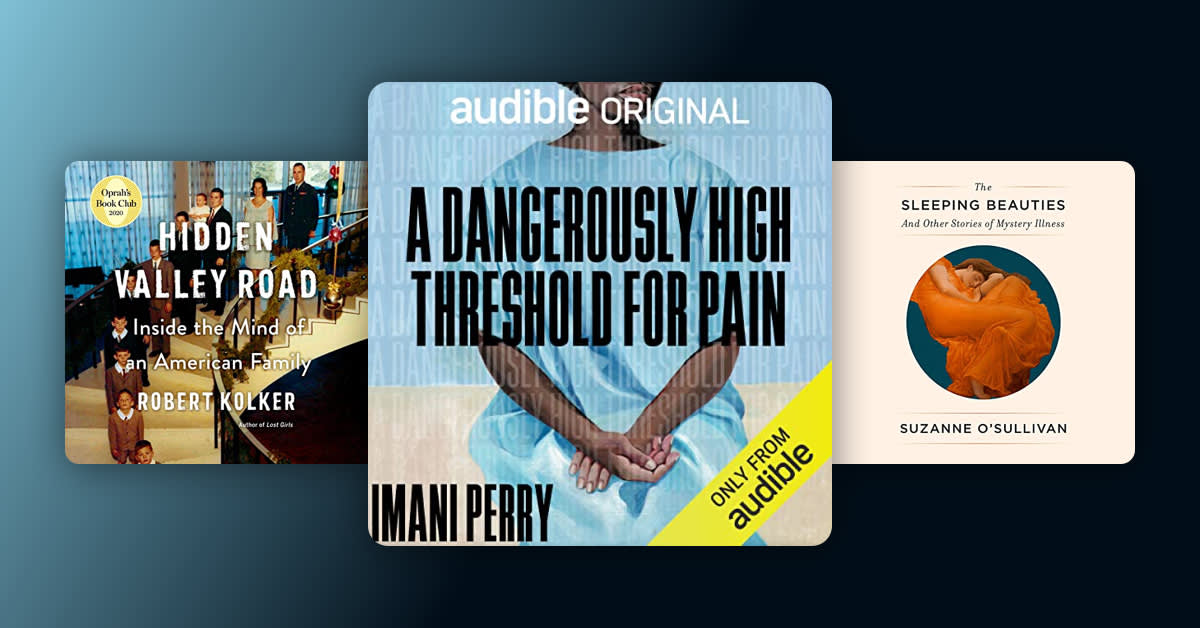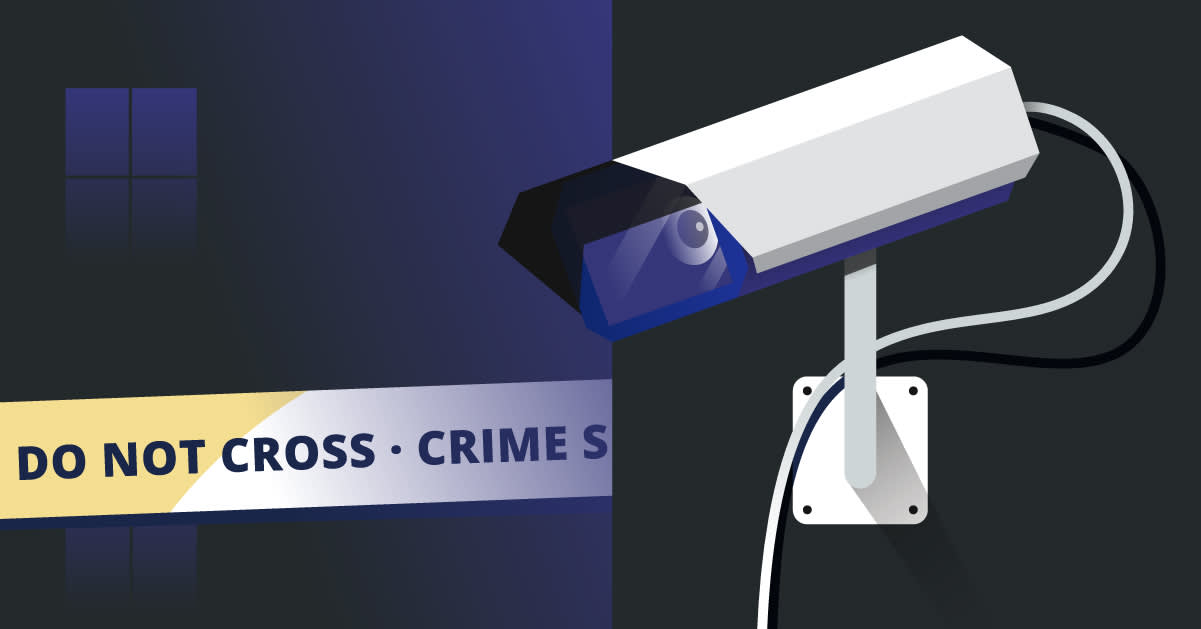It is a truth universally acknowledged in the annals of true crime that late-20th-century America, from roughly the 1960s to the end of the millennium, was a golden age for serial killers. Somewhere between the increased mobility afforded by highway expansion and the dawn of near-ubiquitous surveillance technologies, these anonymous predators flourished, their dastardly deeds terrifyingly inexplicable and extravagantly bizarre. What’s more, the Pacific Northwest seemed to draw more than its fair share, counting Gary Ridgway, Jerry Brudos, Kenneth Bianchi, Israel Keyes, and the most famous serial killer of all, Ted Bundy, among its former residents.
Sure, the vast unspoiled woods and remote reaches of the region could be awfully tempting for someone looking to engage in crime or dispose of the evidence. But Caroline Fraser, author of the Pulitzer Prize-winning biography Prairie Fires, about Laura Ingalls Wilder, had another theory. A Washington native who was a teenager during Bundy’s reign of terror, Fraser got interested in the lead-crime hypothesis, which correlates fluctuations in violent crime with lead exposure. Her new book, Murderland, is a fascinating blend of memoir, crime, and environmental devastation that explores the possible relationship between lead and some of America’s most notorious criminals.
Kat Johnson: At first blush, Murderland feels like a hard swerve from your last book, Prairie Fires. Can you tell us about what ignited your curiosity on this topic and how it became a book?
Caroline Fraser: I'd been thinking about the serial killer aspect of this—the question of why there are so many serial killers in the Pacific Northwest—for years, decades really. But never really thought of it as a book. But when I became aware of the story of the ASARCO smelter in Tacoma, and the idea that lead could lead to violent crime in those who were exposed, that really galvanized me. That became to me the foundation of a whole narrative.
I loved your introduction, where you liken your findings to the iconic “crazy wall” immortalized on detective and true crime shows. But the lead-crime hypothesis is compelling, and you provide plenty of reasons throughout the book why it’s not so “crazy” at all. Why did you want to preface the book this way—was it because of reactions you got from people in your life, your own journey through the narrative, or other factors?
The crazy wall image seems appropriate because there are a number of seemingly random events or recurrent "characters" that crop up (the floating bridge, for example). Those things always felt to me like photos added to a crazy wall, and it takes time for their relevance to unfold or be revealed in the narrative. And since the crazy wall is such a ubiquitous visual image, I thought it would prepare readers for what was to come.
The book weaves together gruesome crimes by notorious killers with breathtaking environmental degradation and industrial cruelty, carelessness, and greed—not to mention your personal memories of growing up in the Pacific Northwest with an angry, sometimes violent father in a Christian Science household. What was the hardest to write about, and did you find ways to care for yourself while immersed in these topics?
The environmental crimes are so outrageous, and I often felt angry writing about them because they concern the deliberate poisoning for whole generations of people for profit. But I also felt it was necessary to describe the serial killers' acts because they dovetail with the serial despoilment of the environment and also show how robot-like these men became, almost like automatons. That behavior fits with the kind of lead exposure I'm describing, although it may also have been fed by brain damage caused by abuse, for example.
It was hard to describe those crimes. I certainly didn't want to feed into the glamorization of the murderers. But I also don't want to exaggerate the difficulty of handling the material, especially given what the victims' families and friends went through. One thing that may have made it easier is that we're separated in time from these crimes.
I've written about my father before, in my first book, God's Perfect Child, and about his death in a Guardian Long Reads piece, so in one sense, it felt familiar. But I also wanted these descriptions to serve the purposes of the book.
“Crimes are part of history, and they have a profound importance in the history of women and the history of violence in America.”
As an acclaimed author, researcher, memoirist, and a writer of outrageously beautiful prose, you bring welcome heft to the oft-disparaged genre of true crime. Do you consider this a true crime book, and did you have any reservations (or enthusiasms!) about the genre going in?
True crime suffers from its origins, the sleazy “dick books” or detective magazines that were once sold in drugstores as a kind of soft-core porn. But in recent years, I think the genre has evolved or is evolving, especially since the publication of Ann Rule's book, The Stranger Beside Me. I think she began to pay a lot more attention to the victims, a welcome development, and as the years have gone by, people have begun to treat the genre more as a form of history. Women have become more involved in writing, producing, and analyzing the genre, as well as consuming it. Crimes are part of history, and they have a profound importance in the history of women and the history of violence in America. So yes, I consider Murderland a true crime book, as well as a work of history about violence against women during the 1970s-1990s.
What do you hope comes next after the publication of this book? Might we see more research (say, testing living serial killers for lead) or accountability for the companies whose misdeeds reverberated far beyond the impact of any individual perpetrator?
Well, you can't test anyone (even a murderer on death row) without permission, so I doubt that's going to happen. And accountability of corporations has always been limited, even though ASARCO did go through bankruptcy and was involved in one of the largest Superfund settlements in American history. Even when the corporations pay, they never pay enough, and there are always parts of the communities they've harmed that are left without cleanup or redress. As I describe at the end of the book, ASARCO left a giant toxic waste heap, wrapped in plastic and full of arsenic and lead-tainted materials, on the site of the Tacoma smelter. It's monitored by the EPA, but what a strange and creepy legacy.
I didn't write the book as a public service announcement, of course, but I do hope readers develop a sense of how the history of lead exposure has exacted and will continue to exact an enormous and continuing cost. Lead is hidden throughout all of our cities, in the sites of old smelters, in dust, in the attics of old homes, in paint, and in pipes. It's cropping up by the day in toothpaste, in baby food, in rice, in applesauce. We have to get a handle on the problem, and, like climate change, it must be divorced from politics. Or we'll continue to suffer the effects.
Multiple factors might play a role into what makes someone a serial killer, whether lead exposure or abuse, a dysfunctional upbringing, head trauma, etc. Nothing excuses such repellent crimes, but did your research into these toxic pollutants change your perspective at all on crime, punishment, justice, or even free will?
Yes—I think I've come away from the research with a much more complex idea of how somebody might become a serial killer. I continue to feel that every murderer bears the responsibility for his or her own actions, and there's certainly an element of free will. But there are so many other factors that may play a role, and if we care about reducing the rate of violent crime (already much lower than in the period I'm describing), we should take a closer look at all the potential causes, particularly lead. Because lead is associated with a lot of other health problems besides aggression: heart disease, respiratory diseases, and even ALS.




